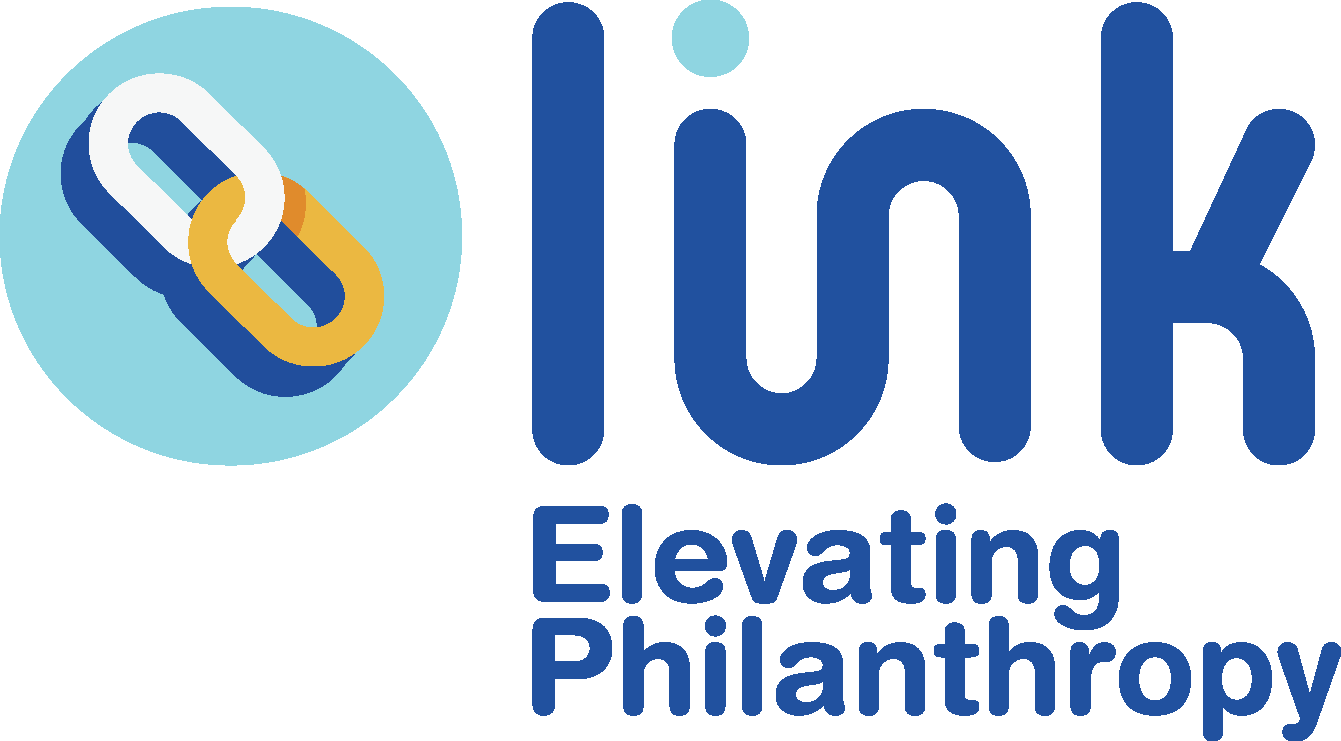Just Starting out in Planned Giving? Let's Make it Simple!
Just Starting out in Planned Giving? Let's Make it Simple!
For those that are just starting out in planned giving, there is a tendency to think of it as being extremely overwhelming. There's a lot to know. There's a lot to do. Where do you start?
Deciding on Goals
First, think about what your goals are. Think about where you want to be in a year from now. And if you can't think about a year now from now, think about six months from now or three months from now. Understand your goal of legacy giving. If you want to start receiving gifts right away, that is going to be very different than if you want to build awareness around a campaign that you're going to be doing in the future. So think about what your intent is. What do you want to see out of your legacy giving program? What do you want to convey to your donors about legacy giving? First start there.
Keep it Simple!
Legacy giving really can be very simple-- it doesn’t have to be complicated. There are a lot of moving parts to it, as with any program you deal with, but let it be simple. However, simple does not mean easy. You have to do the work for your legacy giving program to be successful, including everything from marketing, speaking to donors, strategic planning, and speaking to your board.
Developing a Core Message
This is where coming up with an effective legacy giving case statement is very effective. It allows you to pull information from it and put it into your messaging for all of your communications-- your brochures, your website, direct mail pieces, advertisements, journal ads. You name it. It can go into everything, but you have to know what your core message is.
It is possible that your organization already has one. It is helpful to go through all of your documents and see if you already have a legacy giving message. If you do, pull it out and see if it still is effective. Is it still fresh? Does it feel right for where you are now? Maybe it was just written last year and still works. If it was 10 years ago, take the time to make necessary revisions.
Your Ideal Program
Then, think about what your ideal legacy giving program might look like. Again, it should not be complex, but it is not necessarily easy. Decide not only what your organization is willing to do, but also what you are able to do.
It might be pitching at your board meetings. It might be putting legacy giving messaging on all marketing materials. You have to figure out where it is feasible. And remember to take baby steps. Just take small, small steps because they will add up.
Thinking About The Tools You Need
This lends itself to thinking about what kind of help you need to reach your goals. Perhaps your goals include putting legacy messaging in all your marketing materials, speaking with five donors a month about legacy giving, and getting ten gifts at the end of the year. Those are great goals and totally doable. But, what are you going to do to get there?
Think about all of the projects you need to execute to get there. If it's a direct mail piece, are you the person that's doing direct mail? Can you do a standalone direct mail piece about legacy giving? What do you query? Who in your IT department is going to do that query for you? How are you going to do the research for it? Think about all the elements that are involved and what tools you may need in order to get where you want to go.
Time Is a Factor
It is also crucial to keep your time in mind. A lot of work is required in putting together a successful legacy giving program. You’ll have to come up with certain systems for giving, create your legacy case statement, and put a bunch of other parts in place. Once in place, you don’t just leave it. You will still need to work at it, especially with regard to marketing and face to face conversations with your donors.
Yes, there is a lot of work upfront. Focus on the baby steps. Think about your goal and what you want to accomplish-- Work backward. Think about your messaging and why you need legacy giving. And think about the year or the six months ahead. What is your intent? What do you want to do? And keep it simple. Trust me. It's not so complicated.


